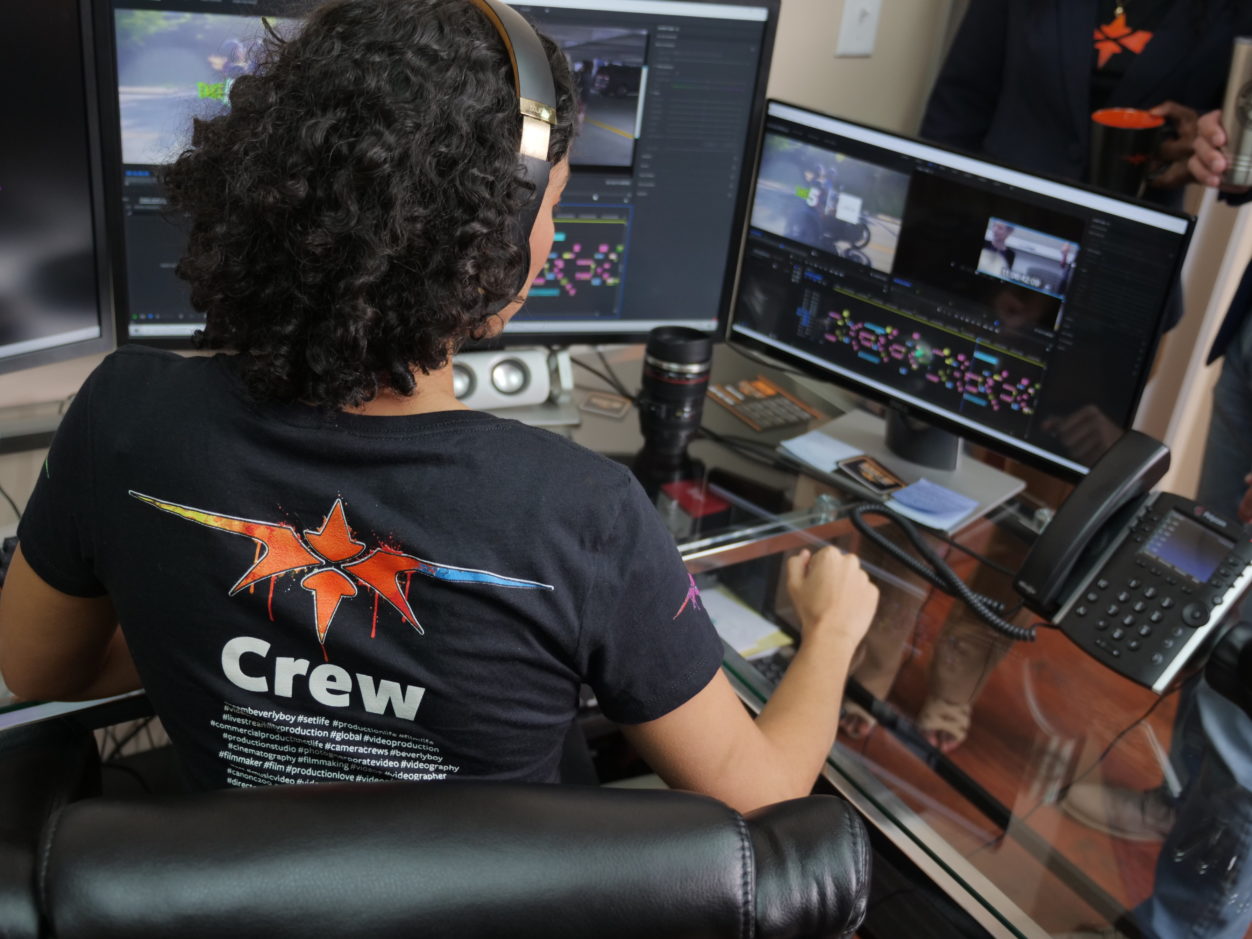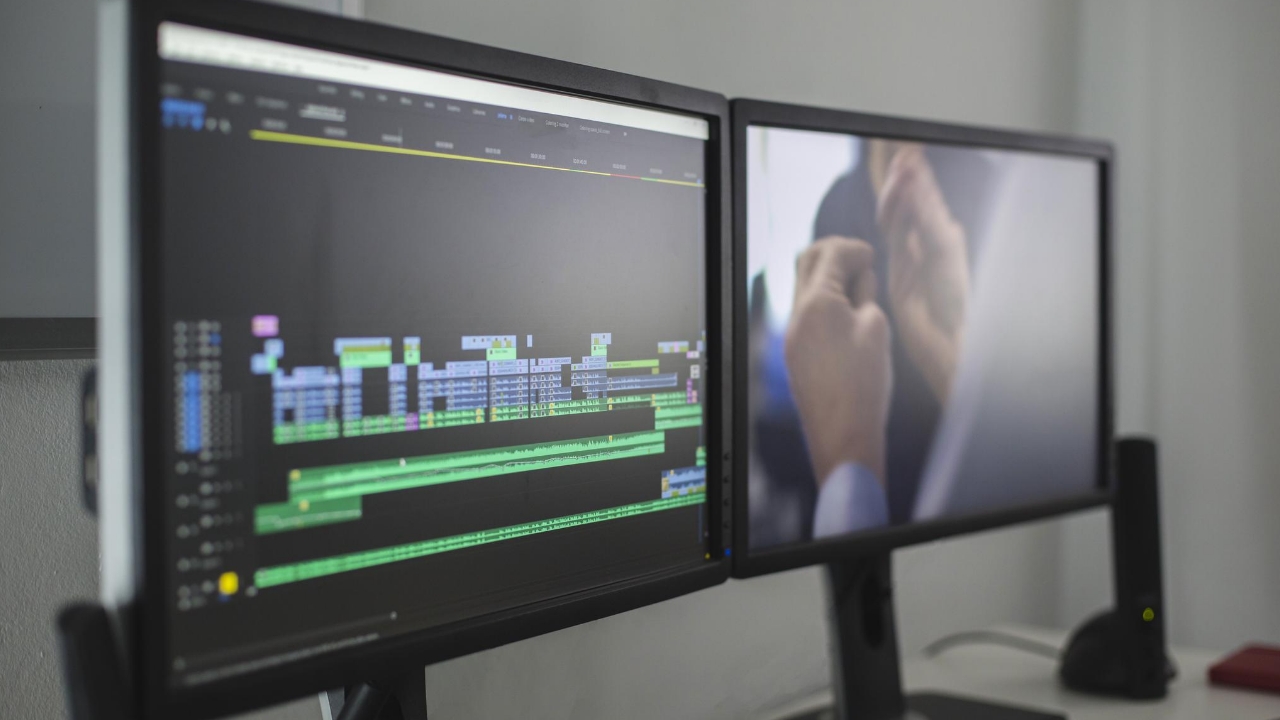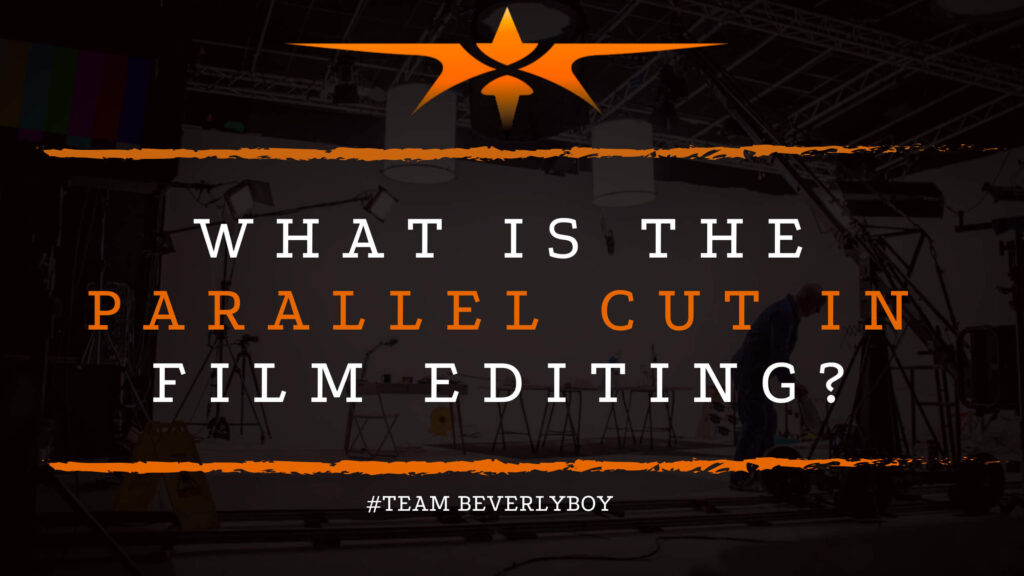What is the Parallel Cut in Film Editing?
Various forms of editing in post-production can be used to improve the visual quality of a film. Keeping the viewer engaged and interested. You might have heard the term, “synergy,” before? What it means, essentially, is that one plus one is equal to more than two or, that together, the sum of two items in synergy is greater than the sum of its parts. The idea of synergy is that together, when a team or elements or anything else are synergistic. They are more powerful than each of the individual parts are on their own. The parallel cut in film editing represents a synergistic editing technique. In which, when used correctly, the outcome can be more valuable than when the clips are unedited. But exactly what is the parallel cut in film editing?

PARALLEL CUT DEFINITION
The parallel cut, sometimes referred to as parallel editing, represents a film editing technique that establishes continuity in the relationship between two subjects.
Parallel editing two or more separate actions taking place within a story are alternated. Such that a relationship between the two subjects or situations can be established. By cutting from one to the other and possibly back and forth.
When attempting to answer the common question, “What is the parallel cut in film editing,” it’s most important to establish first the purpose of the parallel edit or parallel cut.
FILMMAKERS MAY USE CROSS-CUTTING OR PARALLEL EDITING FOR A VARIETY OF PURPOSES INCLUDING:
- Creating a narrative parallel that compares and contrasts a particular series of events, group of characters, or other situations.
- Showing actions that are taking place at the same time. But across different locations (could be another room, another state, or another world).
- To create suspense while showing the audience similarities in particular situations taking place within the story.
- To help the audience see differences in situations that are occurring at the same time within the story.
PARALLEL CUT VS CROSS CUTTING

You might hear the terms parallel cut and cross-cut used in similar manners, but the two are not the same. While parallel cut vs cross cutting are similar techniques, their purposes are different.
Parallel editing is used to show the parallels or similarities between characters or situations in a story, whereas cross cutting is used to create anticipation while cluing the audience into the overall operation.
THEIR PURPOSES
The use of a cross cut, to show the various scenes taking place at a specific time within a story, does not have a narrative connection or purpose. A cross cut can be used to interject the different suspenseful situations occurring in scenes across the “world” at a particular time in a story.
But, parallel editing represents the use of similar editing techniques in order to show specific connections, either similar connections or distinct differences, in situations that occurred at the same time.
WHEN IT’S USED
Parallel editing, or editing clips to show the parallels between various scenes or situations that are occurring at the same time within a story, can be used in a variety of ways but is most common in action films.
The parallel cut build tension between characters in a film while creating relationship connections.
Not only that, the parallel cut in film editing will allow the audience to compare and contrast the various images and their connections. All of this while developing a strong underlying meaning to the story.


